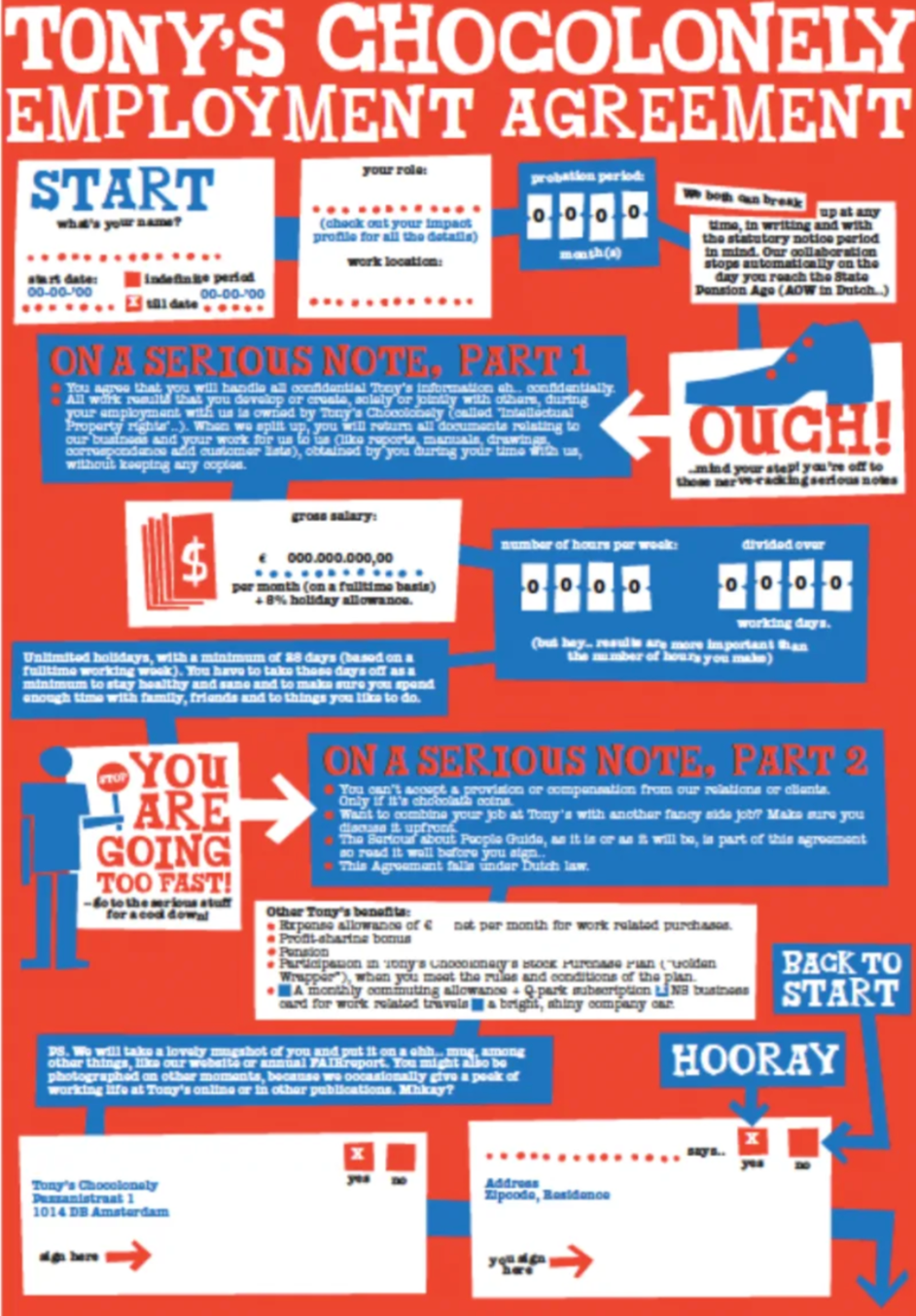Rethinking Governance: How Distributed Leadership Can Transform Your Organisation
- Sally McCutchion
- Mar 3
- 3 min read
Governance. Just hearing the word can make some business leaders groan. It’s often associated with bureaucracy, endless meetings, and red tape. But in reality, effective governance is the foundation of autonomy, clarity, and—done right—true distributed leadership.

Many organisations struggle with governance because they view it as a compliance exercise rather than a dynamic system that enables decision-making and agility. As someone who has worked with many purpose-driven businesses to reimagine their ways of working, I’ve seen first-hand that governance can either empower teams or stifle them. The key lies in designing governance with intention, making it engaging, and ensuring it serves your people—not the other way around.
Research published in the Journal of Business Research (2020) found that organisations using distributed leadership models and transparent governance reported higher levels of employee engagement and faster decision-making compared to traditional top-down structures.
The Holacracy Approach To Distributed Leadership
One of the most well-known governance frameworks for distributed leadership is Holacracy. Unlike traditional hierarchical structures, Holacracy replaces top-down management with a constitutional framework that distributes authority. Every role has clear accountabilities, and decisions are made through structured governance meetings rather than hierarchy.
This approach creates clarity, ensures decisions aren’t bottlenecked by senior leadership, and allows organisations to adapt more quickly. However, it also requires discipline. Without commitment to the process, Holacracy can feel overwhelming and bureaucratic.
Brian Robertson, the creator of Holacracy, explains: “It’s not leaderless; it’s leader-full.” Every individual has the authority to lead within their roles.
That said, Holacracy isn’t a one-size-fits-all solution. The best governance system is the one that works for your unique organisational culture and needs. That’s why when I work with clients, I focus on tailoring governance structures to fit their specific challenges and aspirations. Here’s how I do it:
Lessons from Tony’s Chocolonely: Making Governance Engaging
If the idea of governance still feels dry and lifeless, take inspiration from Tony’s Chocolonely. This ethical chocolate company has embedded governance into their brand in a way that’s engaging, human, and accessible.
Instead of writing governance documents in complex corporate jargon, they’ve translated everything into their brand’s friendly, playful tone—making it easy for employees to engage with the rules that guide their work. The result? Governance isn’t just a rigid framework—it’s part of the culture.

Too often, governance fails because employees don’t understand or connect with it. A study by MIT Sloan Management Review found that 72% of employees felt disengaged from their company’s governance structures because they weren’t clearly communicated. The lesson? The way governance is written and presented matters just as much as the rules themselves.
The Governance Trap: Don’t Let Structure Become the Work
While governance is essential, it’s easy to fall into the trap of spending more time designing the perfect system than actually running your organisation. I’ve seen teams disappear down the governance rabbit hole, refining policies and frameworks endlessly while real work grinds to a halt.
This is a common challenge in organisations adopting distributed leadership. Without clear boundaries, teams can spend disproportionate time in governance discussions rather than executing their mission. That’s why I always advise my clients to time-box governance updates, delegate responsibilities clearly, and avoid making it a full-time job (unless governance is your full-time job!).
Book your free 45-minute consultation by contacting me here.
Making Governance Work for Your Organisation
So, how can you create governance structures that empower rather than hinder? Here are a few key takeaways:
Keep it simple. Start with a lightweight framework and evolve it as needed.
Make it engaging. Use accessible language and ensure employees understand how governance supports them.
Stay focused. Set boundaries on how much time is spent refining governance so it doesn’t become a distraction.
Learn from others. Holacracy offers great principles, but adapt them to your unique needs, just like Tony’s Chocolonely did.
If you’re looking to evolve your organisation’s governance to enable true distributed leadership, I’d love to help. Get in touch with me here.
Looking for more insights? Stay tuned for my next blog, where I’ll be sharing a step-by-step guide to evolving governance without overwhelming your team.







Comments